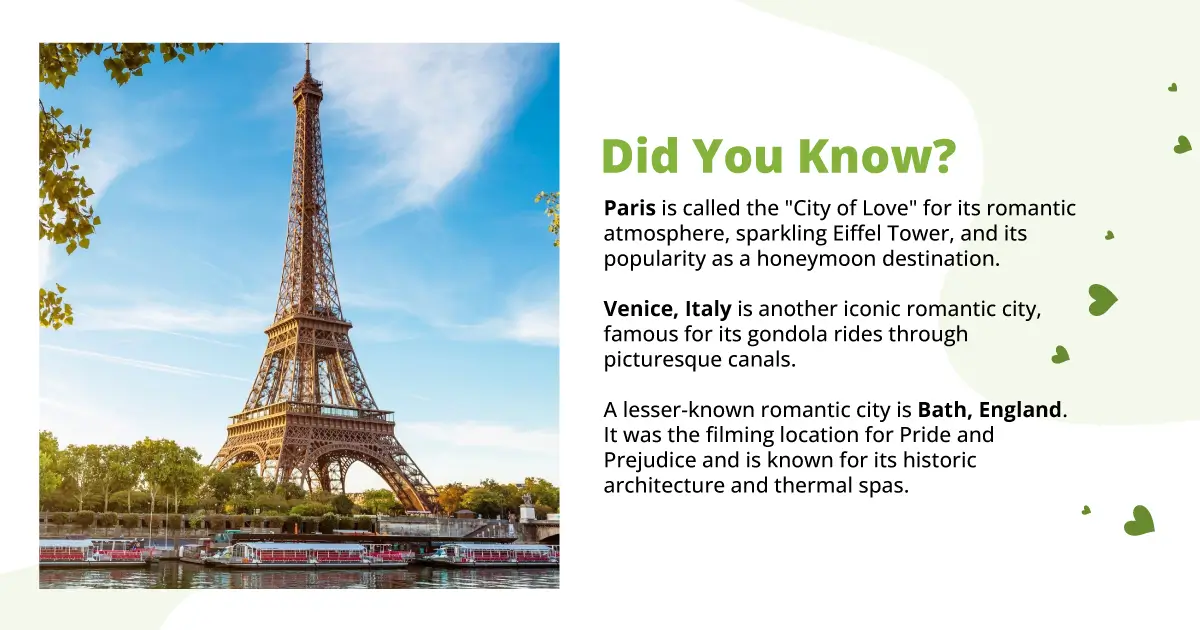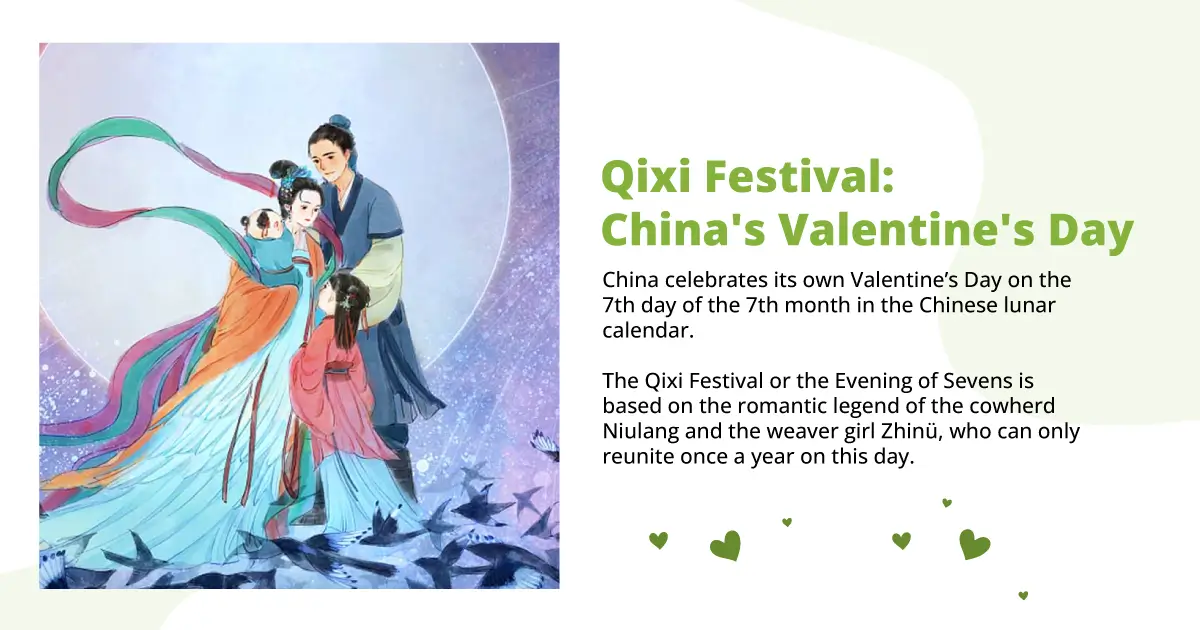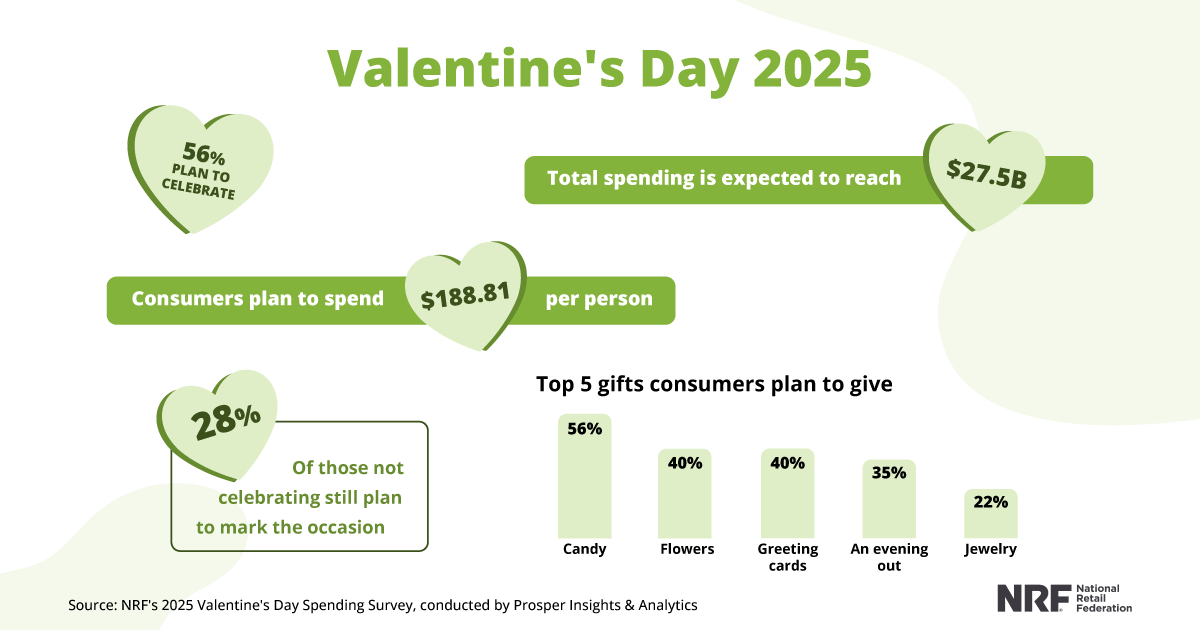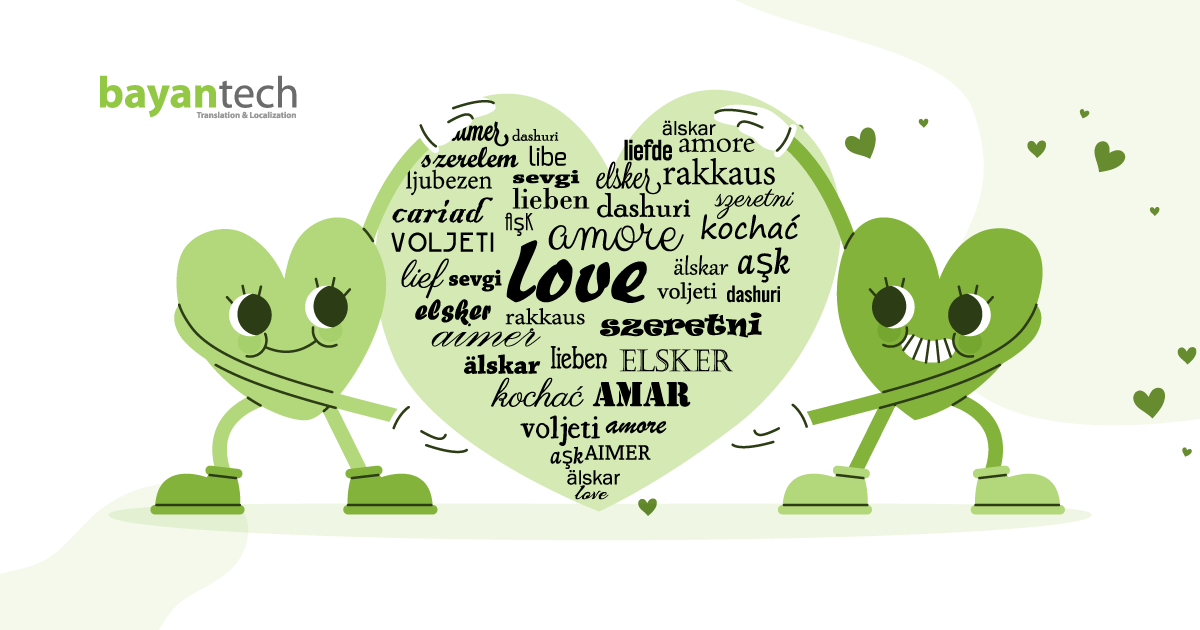Are you preparing your international Valentine’s Day marketing campaign? Or simply curious about how to say I love you in different languages?
We’ve got you covered!
Love is universal, but language isn’t. So, get to know the different translations of “I love you” and ways to express love in different languages across the globe.
And if you’re marketing for your business this Valentine’s, stick around to learn how localizing Valentine’s Day content can make your brand’s global campaigns more authentic and engaging.
How to Say “I Love You” in Different Languages
Let’s take a tour around the world and explore how love is expressed in different languages.
First Stop: “I Love You” in European Languages
Europe is home to many romantic languages. Learn how to say “I love you” in French, Spanish, and more!
- French: Je t’aime
- Spanish: Te amo/Te quiero
- Italian: Ti amo
- German: Ich liebe dich
- Portuguese: Eu te amo
- Hungarian: Szeretlek
- Finnish: Minä rakastan sinua
Want to reach the large Spanish-speaking market? Want to engage your French audience in Europe? Request our Spanish translation services and French translation services to craft heartfelt messages that resonate.

Second Stop: “I Love You” in Asian Languages
- Chinese: 我爱你 (Wǒ ài nǐ)
- Japanese: 愛してる (Ai shiteru)
- Korean: 사랑해요 (Saranghaeyo)
- Indonesian: Aku mencintaimu
- Thai: ฉันรักคุณ
- Vietnamese: Tôi yêu bạn
- Tamil (India): நான் உன்னை நேசிக்கிறேன் (Nāṉ uṉṉai nēcikkiṟēṉ)
- Persian: دوستت دارم (Doostet daram)

Third Stop: “I Love You” in African Languages
Learn how to say “I love you” in African and Middle Eastern languages.
- Swahili: Nakupenda
- Standard Arabic: أحبك
- Moroccan Arabic: كنبغيك
- Afrikaans: Ek is lief vir jou
- Xhosa (South Africa): Ndiyakuthanda
- Kinyarwanda (Rwanda): Ndagukunda
Cultural Nuances in Love Phrases
Language is deeply tied to culture, and expressions of love are no exception. The phrase “I love you” can carry different meanings and emotional weight across cultures.
- In Spanish, “Te quiero” is commonly used among friends and family, while “Te amo” is reserved for deep, romantic love.
- In Japanese, direct expressions of love can feel overly intense. Instead of “Ai shiteru” (I love you), people often say “Suki da” (I like you), which feels more natural.
- In Chinese, saying “Wǒ ài nǐ” (I love you) can feel too strong due to cultural modesty, making it less commonly used in everyday speech.
This makes professional translation essential to convey the right meaning of “I love you” in different languages for each context.
Terms of Endearment across Different Cultures
Different cultures have unique ways of expressing affection through terms of endearment. These often include animal names, sweet phrases, or even numbers with hidden meanings!
- In German, “Schatz” means “treasure” and is commonly used as “darling” in English.
- In French, “Mon chéri” (for men) and “Ma chérie” (for women) translate to “my dear.”
- In Portuguese, “Meu amor” means “my love.”
- In Mandarin Chinese, “520” is a popular texting shortcut for “I love you” because it sounds like “Wǒ ài nǐ.”
- In Russian, diminutives are often used as affectionate nicknames. For example, Anna becomes Anya.

Practical Applications of Love Phrases in Marketing Campaigns
Now that we’ve explored how people say “I love you” in different languages, let’s see how these insights can enhance your international marketing strategy.
If your business operates globally, translation and localization are essential—especially during special events like Valentine’s Day. Here’s why.
- Successfully Localized Campaigns
Valentine’s Day looks different around the world, and brands need to tailor their campaigns accordingly.
In China, they celebrate the Qixi Festival, while in Spain, some celebrate love by exchanging books and roses on Saint George’s Day.
Localization services ensure your message captures these cultural nuances while delivering your brand’s message.
- Multilingual Customer Engagement
Naturally, engaging with customers in their native language builds rapport.
Whether through social media, customer service, or email marketing, translation helps you create a more personal and relatable experience—especially during busy shopping seasons like Valentine’s Day.
- Boosting Global eCommerce Sales
For businesses selling gifts, flowers, or other Valentine’s products, translation ensures a smoother shopping experience. From product descriptions to checkout pages, localized content makes it easier for international customers to buy with confidence.
Translate Your Message across Borders with bayantech
Ready to launch your international marketing campaign for Valentine’s Day? Our expert translation, localization, and transcreation services ensure your message resonates with audiences worldwide.
At bayantech, we go beyond translation—we adapt your content culturally and linguistically, making your campaign truly impactful in every market.
Connect with your global audience today! Explore our translation services and make your brand heard and felt across languages.







